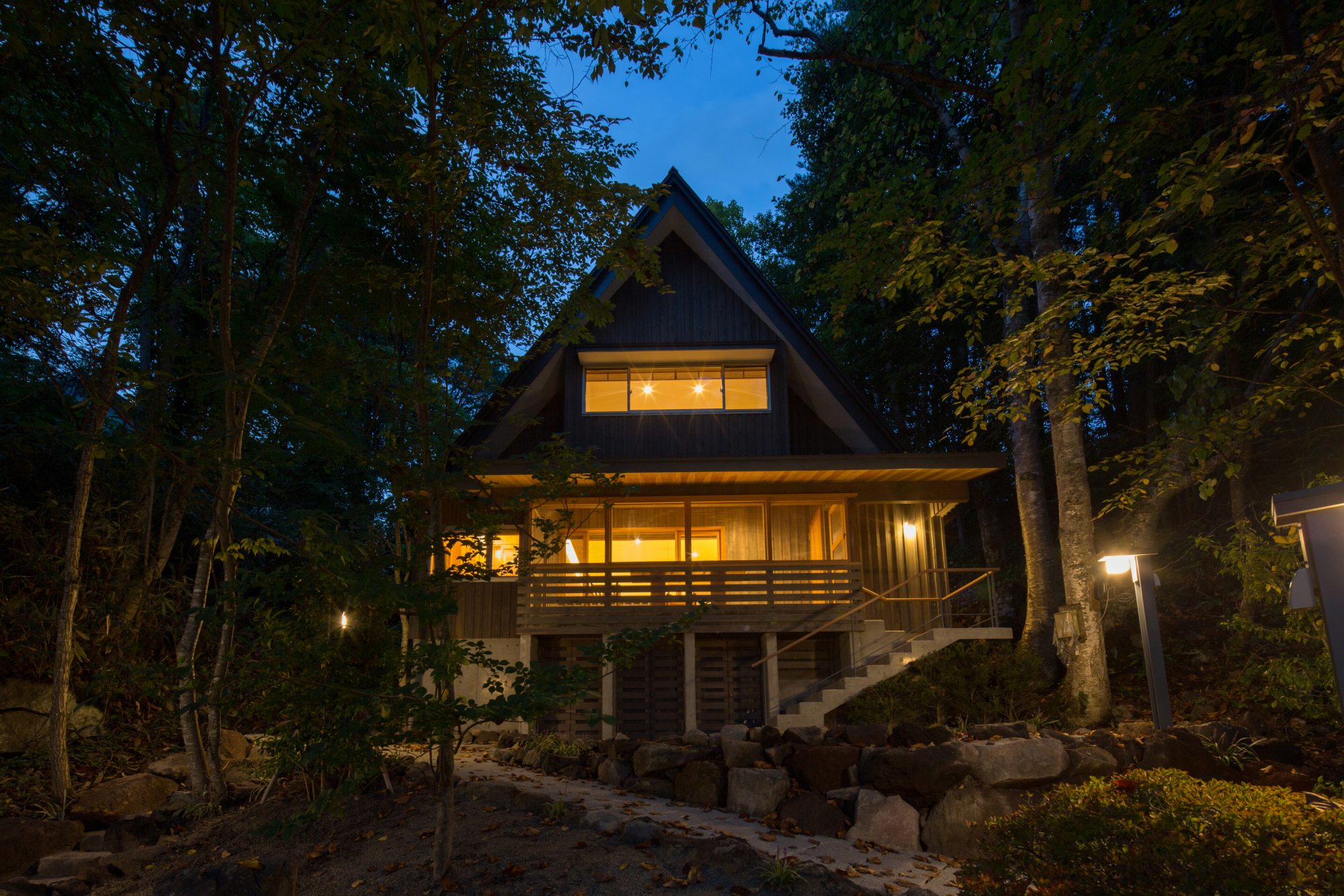On March 11, 2011, the residents of Fukushima Prefecture felt the earth shake as a massive quake struck off the northeastern coast of Japan. But few could have predicted the explosions that would later follow or that the reactors at the Fukushima No. 1 nuclear power plant would go in to meltdown. The region has been physically changed, tainted by radiation, but also altered in other ways: The government's investigation and ensuing media attention has ensured the words "Fukushima" and "radiation" are forever linked.
One of the most unique disaster images from Fukushima though, is not a photograph of earthquake-cracked villages or exploding reactor buildings. It is an ukiyo-e print by Meiji Era (1868-1912) artist Tankei Inoue. The print depicts the 1888 eruption of Mount Bandai in Yama-Gun, Fukushima, which wiped out villages and transformed the region's farmland. It was the first major natural disaster that the forward-thinking Meiji Era government faced.
The damage to Fukushima's reputation from that catastrophe eventually faded. In fact, the disaster created a new, rich landscape, one that forms part of the present Bandai-Asahi National Park. The region is home to a rather unique hotel that is actively seeking to allay fears that Fukushima is once again a dodgy destination for tourists.



















With your current subscription plan you can comment on stories. However, before writing your first comment, please create a display name in the Profile section of your subscriber account page.